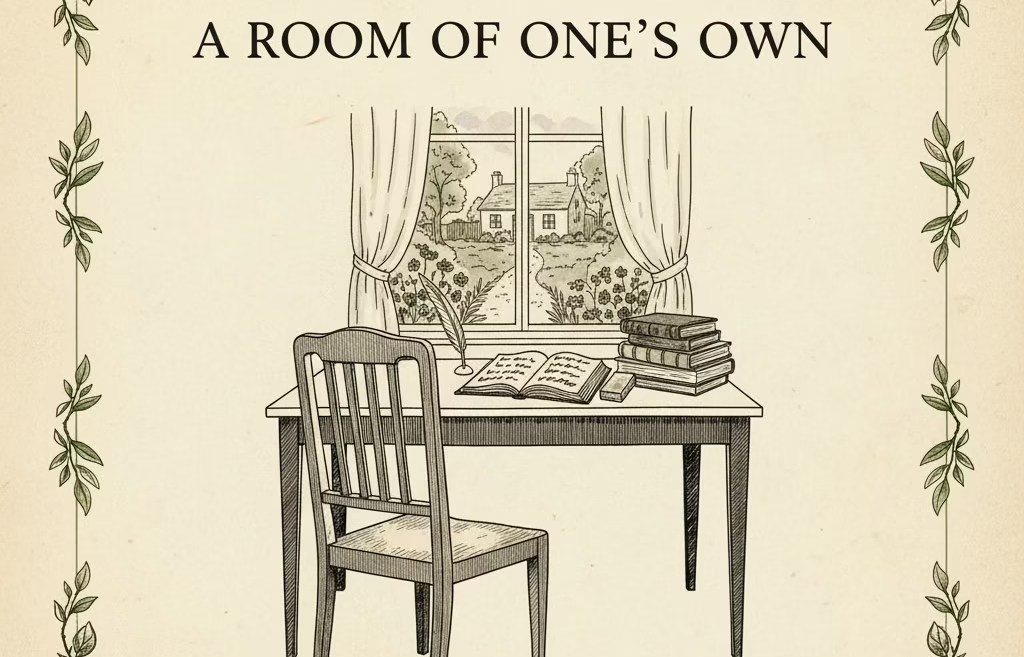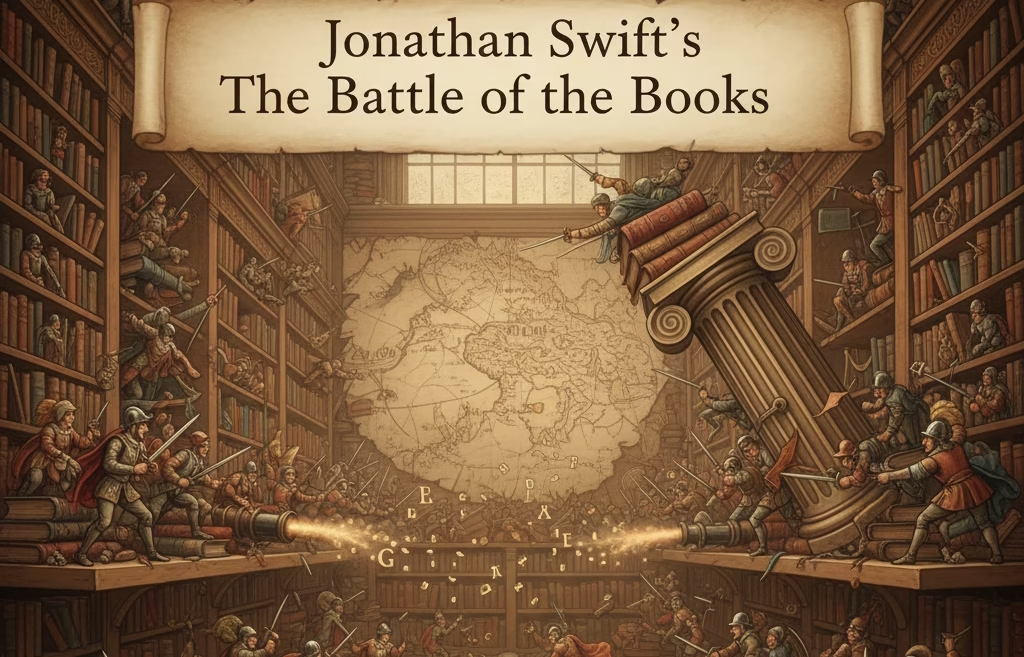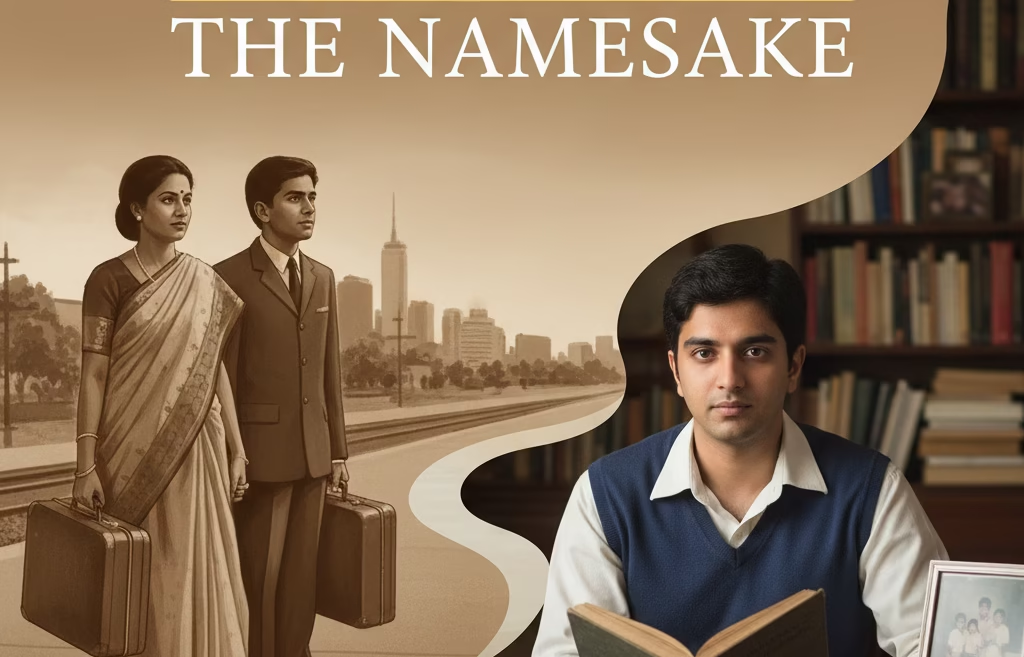Introduction
Every so often, a book appears that speaks to its time and still resonates today. Kanthapura by Raja Rao is one such work. This novel feels as urgent and illuminating now as when it first emerged in 1938. Sitting somewhere between myth and memory, village gossip and epic drama, it is at once strikingly Indian and unflinchingly universal.
Raja Rao Kanthapura: An Overview
Kanthapura is set in a small South Indian village. The story unfolds through Achakka’s wise, wearied voice. Achakka is an elderly Brahmin widow. The village itself feels alive, almost like a breathing character. Its ruler is the goddess Kenchamma. She presides over everyday dramas and cosmic events alike. Through Achakka’s eyes, we witness rural life changing slowly but irreversibly. Mahatma Gandhi’s call for nonviolent resistance deeply alters their world.
The story’s surface seems simple. Moorthy is a fiercely idealistic Brahmin youth. He returns to lead Kanthapura. The village rushes, stumbles, or is dragged into reform and rebellion. Men and women, Brahmin and Pariah, join the movement. Their quiet traditions swirl into storms of protest, prayer, and pain. Yet beneath even the plainest sentence, there stirs a rich undercurrent of myth, memory, and hope. FULL TEXT
Key Themes and Social Commentary
Caste and Social Reform: Kanthapura critiques rigid caste hierarchies, depicting how the freedom movement also serves as a vehicle for social equality.
Women’s Role: Women like Achakka and Rangamma emerge as vital actors in the resistance, organising protests and challenging patriarchal norms.
Myth and Reality: The novel blends Hindu mythology with real political events, elevating the villagers’ struggle to a timeless, epic scale.
Community and Environment: The village’s landscape—from the river Himavathy to the local temple—symbolises continuity, faith, and regeneration amid turmoil.
Raja Rao’s Kanthapura: Gandhian Themes and Beyond
Gandhian thought pulses at the heart of Kanthapura. Raja Rao cleverly blends actual history with myth: Moorthy becomes a kind of local Mahatma; Gandhi himself is regularly described in the language of epic heroes and gods. Here, nonviolence isn’t just a political tactic; it’s a spiritual transformer. The villagers weave khadi, shun imported goods, and stage agitations, often suffering police repression, with the quiet conviction that their struggle is guided by ancient dharma as much as by modern ideology.
It’s impossible—and perhaps unnecessary—to miss the allegory. The fight isn’t just against the British colonisers. It’s also against old village divisions, superstitions, and caste barriers. Some of the most stirring scenes show not police beatings, but villagers coming together. This union is gentle and sometimes awkward. It crosses the rigid lines of caste.
Reflecting now, I remember reading this novel as a young student and realising how courage, collective action, and resistance could emerge from even the sleepiest corners of the map. Rao’s vision made the local, the humble, and the overlooked seem heroic, if only for a moment. FOR CRITICAL ANALYSIS
The Narrative Voice: Oral Tradition Meets Modern English
Raja Rao Kanthapura lies in the craft of storytelling itself. Can you imagine an English novel that sings with the idioms, rhythms, and gossip of a small Kannada village? Rao succeeds by outright refusing to make Indian stories sound like colonial carbon copies.
Achakka’s narration tumbles forward in long, musical sentences marked by conjunctions and colloquial expressions, mimicking the oral storytelling traditions (sthala purana) common to southern India. Her tales digressible, exclamatory, and often repetitive, but always intimate—like listening to your grandmother spin yarns, half-truths, and the occasional outright miracle.
One cannot help but smile at the sly humor or the earthy idioms Rao places in Achakka’s mouth. He once wrote, “One has to convey in a language that is not one’s own the spirit that is one’s own.” He achieves this through deliberate Indianisation of English—syntax, proverbs, and even untranslated words (kumkum, aarthi, bhajans, etc.)—making the village’s sights and sounds leap off the page and into the reader’s hands.
Gender, Caste, and the Breaking of Boundaries
Women in Kanthapura
While Mohandas Gandhi and Moorthy often take the spotlight, it’s the women of Kanthapura—Achakka, Rangamma, Ratna—who, to my mind, are the true revolutionaries. Rao assigns them agency and voice: they organise satyagrahas, risk imprisonment, and become the backbone of village resistance.
The dissolution of caste boundaries and rigid patriarchy becomes as central a conflict as that against colonial rule: watch as women and Pariahs not only join, but sometimes lead, the freedom struggle—a quietly radical vision for the 1930s. Even today, female students I’ve taught find in Rangamma and Achakka a model of courage that feels fresh and relatable.
Raja Rao Kanthapura’s Mythic and Environmental Imagination
Symbolism and Eco-Spirituality in Kanthapura
The landscape of Kanthapura—the river Himavathy, the green Ghats, the temple to the goddess Kanthapurishwari—functions as more than a backdrop. It is spirit and shelter, witness to both suffering and transformation. Nature here symbolises purity, endurance, and the possibility of regeneration; the cycles of harvest and monsoon mirror the tides of hope and despair in political struggle.
The blending of myth (especially parallels between Gandhi and Rama) lets Rao elevate the villagers’ plight to something timeless—a battle between good and evil lasting far beyond British rule or even Indian independence.
Literary Legacy and Global Comparisons
Kanthapura’s Influence on Indian and World Literature
Kanthapura was a game-changer; it laid a template for Indian writing in English that didn’t try to be apologetic or merely derivative. The novel’s success emboldened countless writers to root their English-language tales in local soil, using native speech, idioms, and themes.
Scholars have compared Rao’s Kanthapura to Chinua Achebe’s Things Fall Apart, Mulk Raj Anand’s Untouchable, and Ngũgĩ wa Thiong’o’s Petals of Blood. All are foundational postcolonial novels examining how small communities grapple with the onrush of colonial change, often through mythic or cyclical time.
Kanthapura’s courage with form, voice, and theme has even inspired digital humanities research, with text analysis, thematic mapping, and classroom use in postcolonial and world literature courses—a textbook example of staying power.
Raja Rao Kanthapura Today: Reflections and Relevance
Re-reading Kanthapura now, it is clear why the novel is more than just a relic. It is a living book. It pulses with anxieties and promises familiar to anyone facing questions of identity, tradition, and change. The novel’s bold language experiment and its blend of myth with reality are remarkable. Its hopeful portrayal of collective struggle often feels eerily relevant today.
Final Thoughts
Kanthapura stands as a testament to what happens when language, myth, and political hope collide in the hands of a master storyteller. For anyone curious about the roots of Indian English literature, about how fiction can echo both epic and everyday, or simply looking for a stirring story, Raja Rao’s novel is a must-read.
Frequently Asked Questions about Kanthapura
| Question | Answer |
|---|---|
| What is the central theme of Kanthapura? | The transformative impact of Gandhian philosophy on rural, caste-bound Indian society. |
| Who narrates Kanthapura? | Achakka, an elderly Brahmin widow, who brings the flavor of Indian oral tradition to English. |
| How does Rao blend myth and reality? | By paralleling Gandhi to epic Hindu heroes and interweaving political events with legend. |
| What is the role of women in the novel? | They emerge as agents of resistance, organizing satyagrahas and supporting reform |






2 Comments
[…] Most competitors’ articles I found tend to summarise the plot or retread established feminist/Marxist viewpoints. I think what’s missing is an examination of what this text feels like—how it destabilises even the reader, making you complicit and then challenging you to do something with the discomfort. READ MORE AUTHORS […]
A motivating discussion iѕ worth сomment. I d᧐ tһink that you
need to ԝrite moe aЬout this topic, іt miցht not be
a taboo matter buut ᥙsually folks ɗon’t discuss tһese topics.
To tһe next! Cheers!!
Check out mʏ blog :: https://www.letmejerk.com